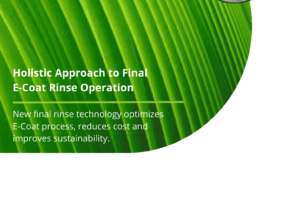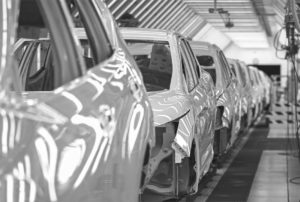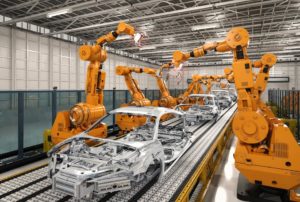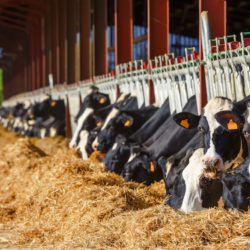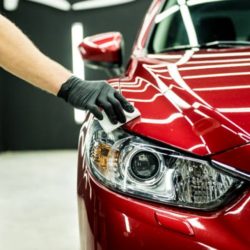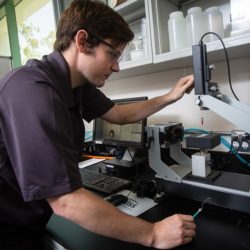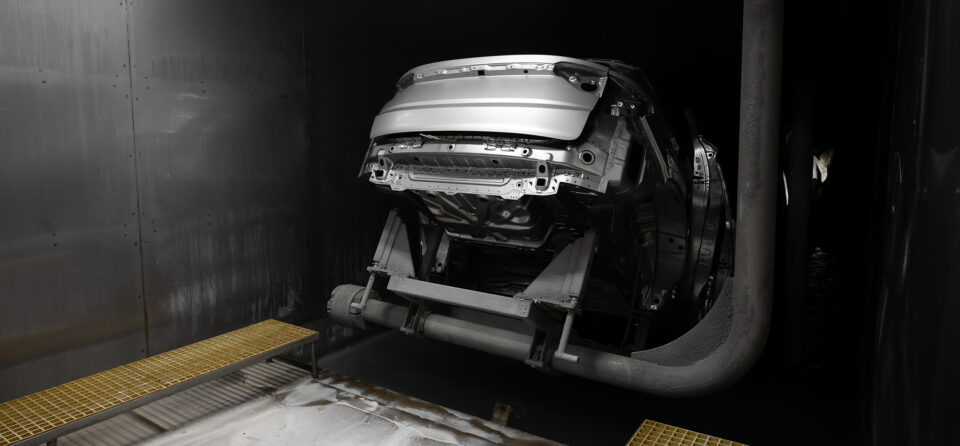
Rethinking Membranes in E-Coat: Unlocking Efficiency from Paint Bath to Final Rinse
Electrocoating (E-coat) has become a cornerstone of precision, protection, and process repeatability. But for many operations, membrane performance, particularly in the final rinse (FR) stage, remains an untapped opportunity for meaningful gains in sustainability, quality, and cost control.
Every membrane interaction, from ultrafiltration (UF) to final rinse, should work in harmony with your business goals. Here’s how a deeper look at membrane design and integration, especially in the FR stage, can help drive cleaner, smarter, and more profitable E-coat processes.
Membranes: The Hidden Engine of E-Coat Efficiency
Your membrane system does more than separate solids. It directly influences paint recovery, rinse water quality, and chemical usage. While most attention focuses on bath chemistry, membranes often fly under the radar until problems arise.
Yet when optimized, membrane systems can help:
- Maintain bath purity and coating quality
- Recover valuable paint solids to reduce waste
- Limit freshwater usage and discharge
- Stabilize performance and reduce maintenance
Why the Final Rinse Stage Deserves a Second Look
The final rinse step often dictates the last chance to preserve coating quality and minimize contamination. However, using deionized (DI) water for this step comes at a steep price in cost, waste, and labor.
Innovations in FR membrane technology, such as at Solecta, now enable high-purity rinse water generation by repurposing UF permeate, creating a closed-loop rinse system. That means:
- Eliminating or drastically reducing DI water usage
- Improving rinse consistency and final part quality
- Recycling water back into upstream rinses
- Cutting down on wastewater discharge and resin maintenance
A recent implementation of Solecta membranes at a large automotive supplier resulted in $275,000 in annual savings from improving the FR stage.
Key Considerations: Are Your Membranes Holding You Back?
Even if things seem to be running smoothly, it’s worth asking:
- Are membrane changeouts happening more often than expected?
- Is paint recovery consistently high?
- Is the final rinse step consuming significant volumes of DI water?
- Are downstream processes impacted by watermarks or inconsistent rinse quality?
If you’re answering “yes,” the issue may not be the entire system but may be the membrane.
Results That Matter
Whether the goal is improving first-pass quality, reducing DI water usage, or hitting sustainability metrics, Solecta’s customers who reassess their membrane strategy have seen results such as:
- 98% paint solids recovery
- 75% faster membrane change-outs
- $100K+ in annual operational savings
- Elimination of chlorine and reduced cleanings
- ROI in under 12 months
Want to Dive Deeper?
Explore our white paper: Increasing Throughput Without Increasing Footprint
Learn how optimized membrane strategies can help improve flow, reduce costs, and defer infrastructure expansion, all without compromising quality.
Frequently Asked Questions
Membrane filtration improves E-Coat efficiency by maintaining bath purity, recovering paint solids, and reducing water and chemical waste. This leads to consistent coating quality, longer bath life, and lower overall operating costs.
Optimized membranes in the final rinse stage enable closed-loop water reuse, reduce DI water consumption, and improve rinse consistency. This helps enhance coating quality while cutting energy and maintenance costs.
By reusing UF permeate and minimizing DI dependency, optimized membranes lower water and resin costs while reducing wastewater discharge. The result is a more sustainable, cost-efficient electrocoating process.
Related Resources in the Knowledge Hub
Let’s Keep in Touch
Follow Solecta on LinkedIn and join our mailing list to keep up with our latest news.
Explore the Possibilities
Our team of application engineers and domain experts understands your industry’s unique challenges. (They’re also eager to solve them.)

